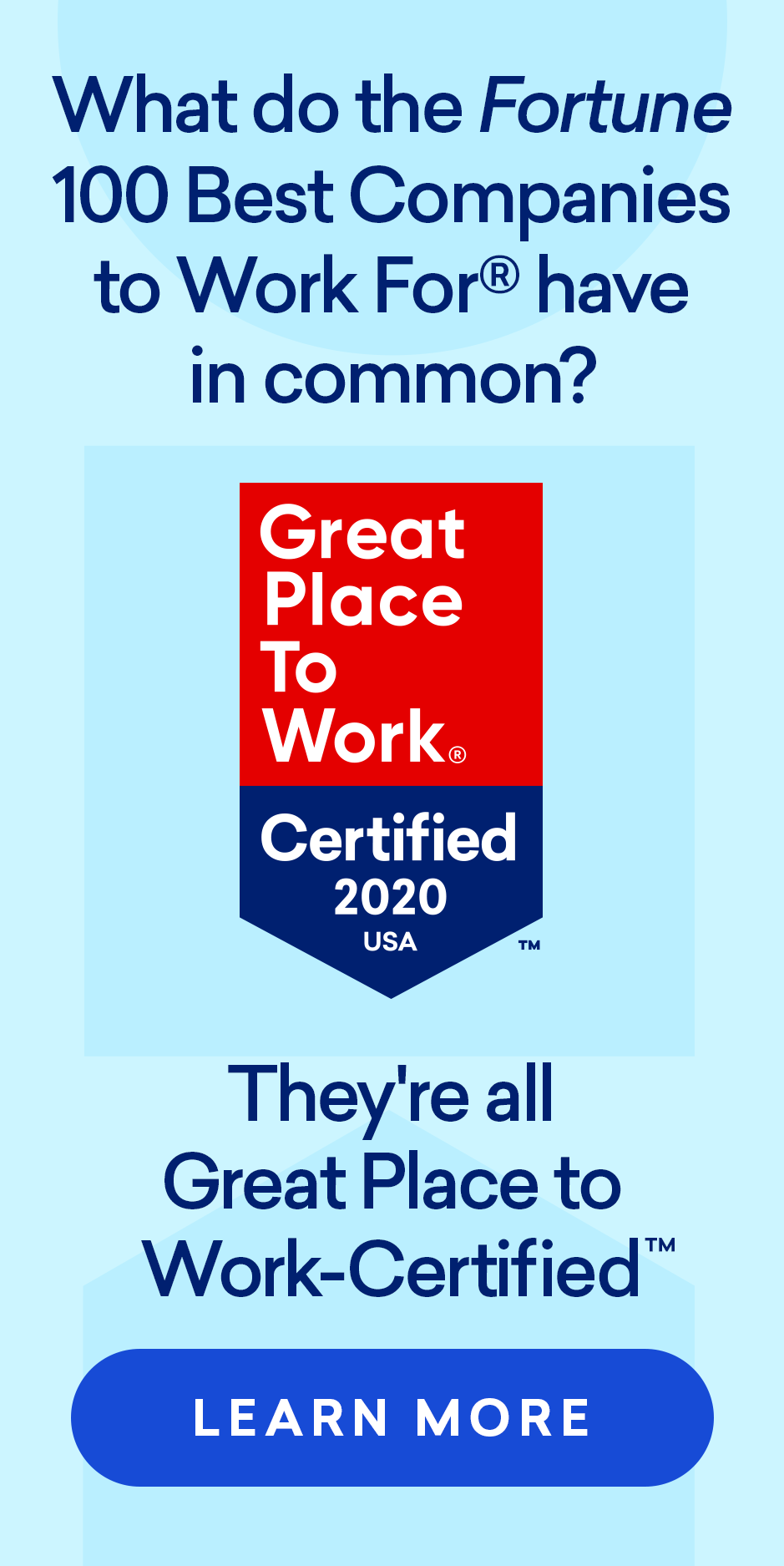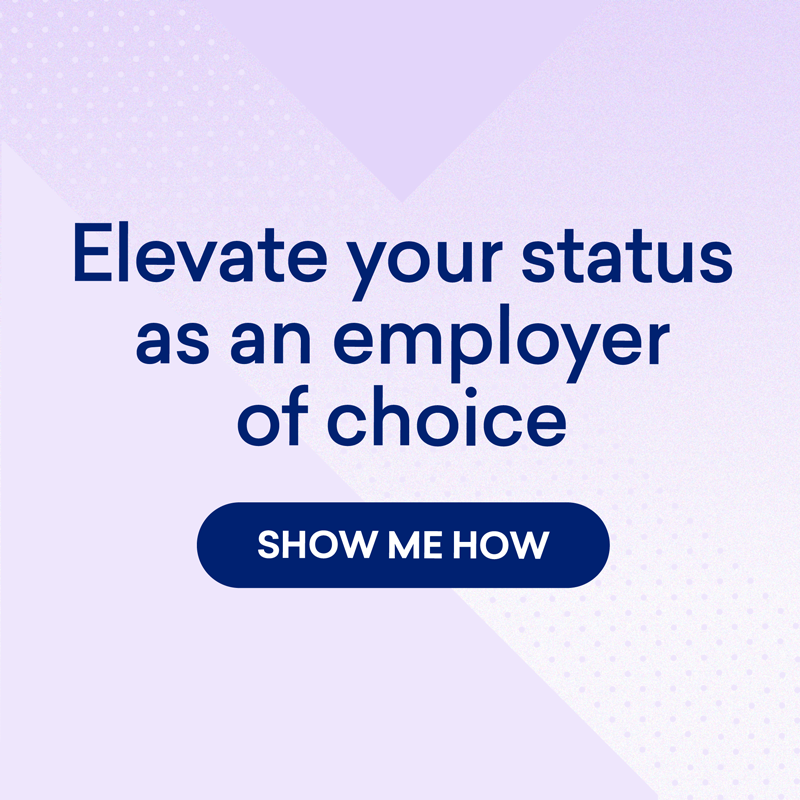“New Ways of Working,” a report released last month by The B Team and Virgin Unite, offers up some provoking insights by businesses and The People Innovation Network (a group of 30+ global businesses passionate about re-defining work) on better ways of doing business, for the wellbeing of people and the planet. The report explains the key drivers that are changing the way we work, and the key changes resulting from those drivers. These “key drivers” for new ways of working should likely come at no surprise, as they are: The Tech Revolution (allowing us to work anytime/anywhere, massively redefining scale, and creating new ways to problem solve), Global Changes (population growth, climate change/resource degradation, megacities and shifting economic powers) and the Multi-Generational Workforce (Millennials expected to make up 50% of the workforce by 2020; mature workers staying in the workforce longer than ever). However while these key drivers may come as no surprise, some of the key changes resulting from these drivers (and their implications) may not be as obvious, making this report a great read for anyone interested in workplace trends and organizational culture. Let’s explore a few key changes…
One key change will be the need for organizations to adopt a “life-long growth” mentality about skills and talent vs. traditional qualification based, fixed ability concepts. The B Team describes this as a shift from a push model of learning to a pull model of learning. Where traditionally organizations have employees engage in training and development programs where skills development is “pushed,” today’s generation source skills and knowledge as needed by leveraging technology (search engines and MOOC’s – massive online open courses). For the younger workforce traditional methods of training and development will quickly seem antiquated/unnatural and future training will move towards a continuous process versus planned or remedial courses. The B Team cites Charles Jennings’s book The 70:20:10 Frame Work Explained as an example of this approach, which considers that 70 percent of learning comes from doing tasks on the job, 20 percent from other people’s feedback and peer-to-peer learning, and 10 percent from formal training.
As training and development shifts to a more continuous process, it’s likely that employees will also desire more continuous feedback, talking performance at an annual review will no longer cut it. The B Team also anticipates that the sharing economy in tandem with increasingly people-centric organizations will see mentoring as a major part of skills development in the future. Mentoring is a significant way to empower employees, and in the multi-generational workforce it won’t be traditional one-way mentoring. Young employees will mentor older colleagues (as much as the other way around), mentors may not even belong to the same organizations, and as CSR continues to increase in importance, the mentorship of students at schools and colleges by organizations will also increase.
“Tearing Up the Org Chart” is another interesting key change that The B Team’s report looks into. In the past, organizations have assumed a one-size-fits-all, top-down structure to be the most efficient but this is already changing, with the evolving workforce exposing new methods of information sharing and collaboration. While The B Team’s report cautions that we’re still not at a point where traditional hierarchical organizations no longer exist, forward-thinking companies are already changing shape and flattening out, allowing better channels for innovation, decision making, and making sure everyone’s voice is heard. For most organizations “Flattening” won’t mean removing all structure, but certainly giving employees more ways and power to communicate and make decisions across the company. The report offers a radical example of flattening – building a Holacracy, a model being implemented now by Tony Hseih at Zappos.
This is defined as a distributed authority system that uses a set of rules to knit the empowerment of individual employees into the core of an organization. Teams organize themselves by using regular task and governance meetings to identify backlogs and conflicts and employees find which projects need their support based on their agreed job role, not by their job title or by being assigned projects.
A final key change that I’ll mention from the report is “Minding the Gap,” an important point that may be considerably less discussed than others among the ways technology is re-shaping work. The workforce of the future envisions a huge demand for high-skilled tech talent, and not everyone can fill this role. This presents a troubling opportunity for the disparity between “good” and “bad” jobs to grow rapidly and leave little middle ground. It will be essential for organizations to innovate to make sure this chasm doesn’t widen. Ideas must work to not just make “good jobs” great, but to reframe roles around people versus accepting the trade-off between low prices and good jobs. The B Tem sums it up well: “As businesses get ever-more Purpose-driven, making sure the benefits and innovations they offer filter down to all levels of the workforce will become essential.”
Make sure to check out Team B’s full report to learn about more key changes in the ways of people and work and organizations.
















